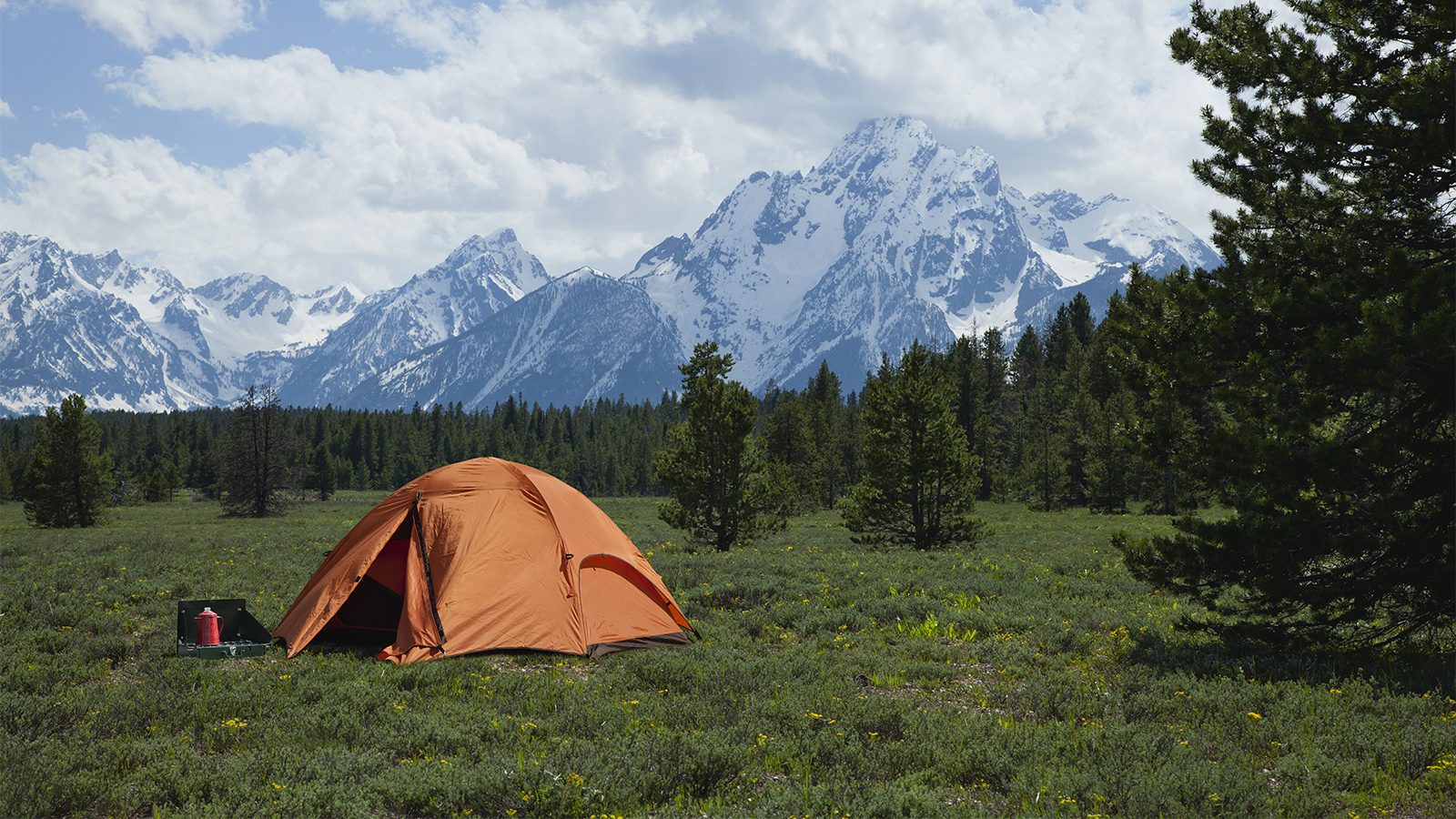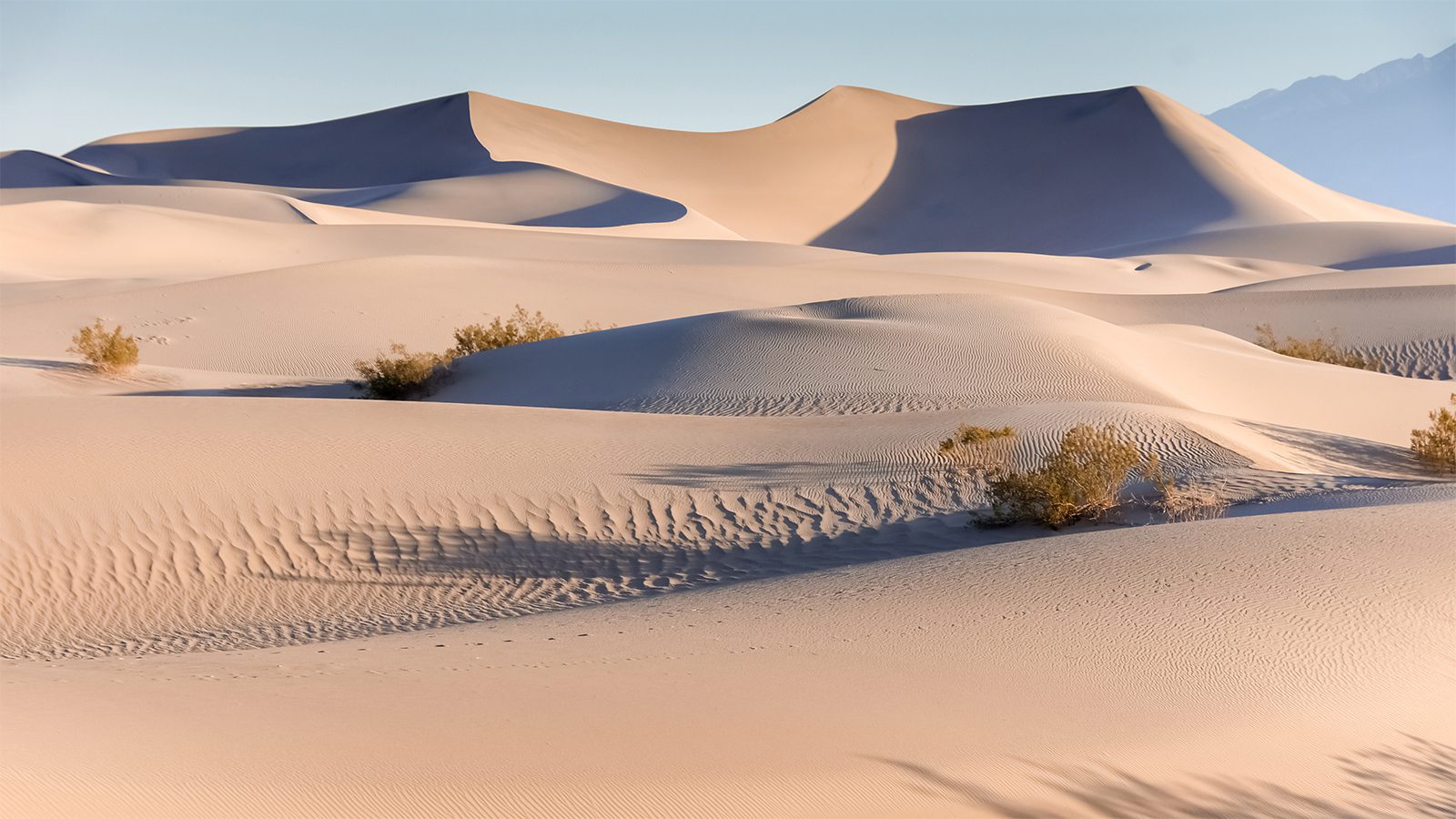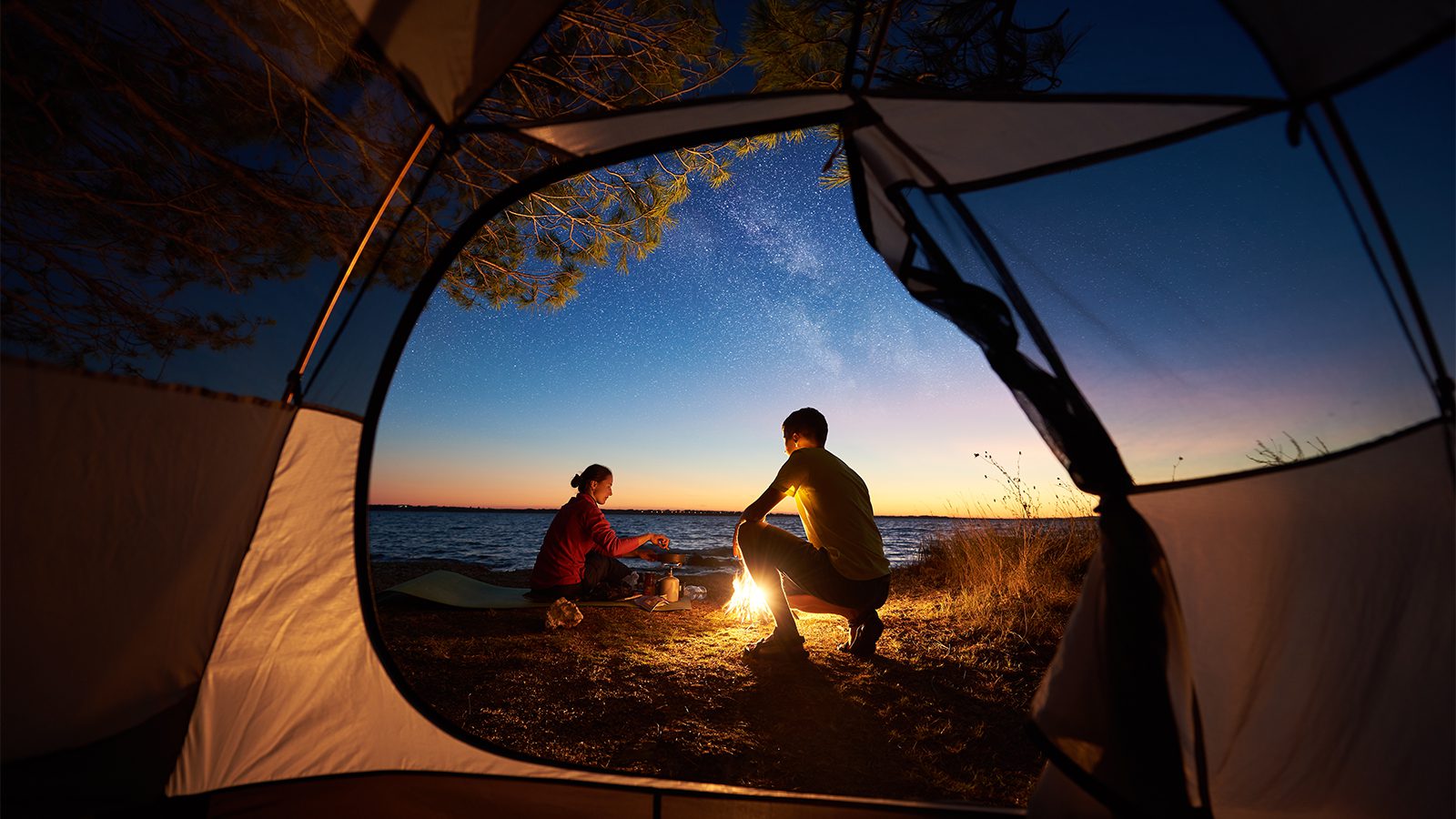1. The evenings can get cold, even in the summertime
With many campgrounds at elevations between 6,000 and 8,000 feet, temperatures can easily dip into the 40s in mid-summer.
With that in mind, make sure to come prepared with the proper clothing, sleeping bags, and other camping gear.
2. Bring mosquito repellent
Mosquitos are notoriously bad in the spring and summer.
As you’ll be spending nearly all of your time outdoors, make sure you have plenty of bug spray to keep mosquitos at bay.
3. Research campsite ahead of time especially if you have an RV
Although campgrounds advertise sites that serve both RVs and tents, some sites do not have level driveways.
Rather than be surprised when you arrive, call ahead to make sure the site you are reserving is level. It’s also important to check which sites feature cover and which see a lot of sun exposure
4. Be wary of bears
Although seeing a bear might be the highlight of a camping trip, encounters with bears can be dangerous. Although attacks are rare, it’s still important to take precautions.
Make sure to properly store food so as not to attract bears and keep bear spray handy as a precaution.
5. Make reservations early
Yellowstone is one of the most popular national parks in the world. It sees millions of visitors each year. In order to land a campsite, reserve early.
This is especially true in light of the recent COVID-19 outbreak, which has prompted a surge in the popularity of camping, which offers a safe means of travel.
For first-come-first-serve campgrounds, get there early to reserve a site.
6. If you are an RVer, be prepared to dry camp
None of the campgrounds in Yellowstone offer utility hookups and many do not allow the use of portable generators, so you’ll need to be prepared to go without electricity. Alternatively, bring solar panels or battery packs.
Although most campgrounds do not have dumpsites, many are available in the towns surrounding the park. Campgrounds with dumpsites include Madison, Canyon Village, Bridge Bay, Fishing Bridge, and Grant Village.
7. Bring a map
Many of us are so used to using our smartphones for navigation that we no longer take maps with us. Many locations in the park have little or no cell phone service, meaning you won’t be able to navigate using your phone.
Alternatively, you can bring walkie talkies. Bring a map along as a backup.
Andrew Dodson
Andrew Dodson is an avid camper who enjoys the great outdoors with his wife and two-year-old son. He resides in Colorado, where you can often find him enjoying hikes with a toddler strapped to his back and mini goldendoodle Percy nearby.


